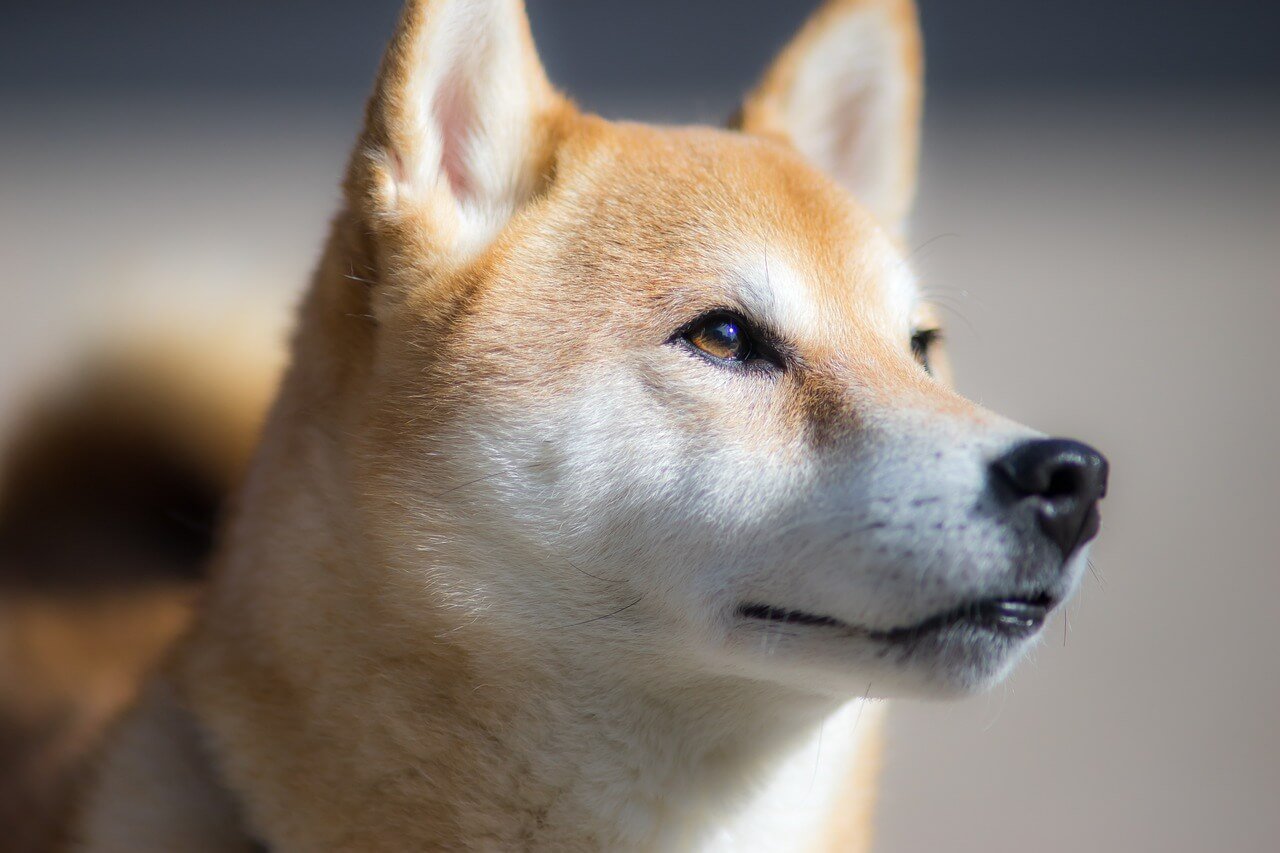Understanding Angular Limb Deformity in Dogs: A Comprehensive Guide
As a dog owner, few things are more concerning than noticing your furry friend struggling with mobility issues. One condition that can significantly impact a dog’s quality of life is angular limb deformity. This orthopedic condition, often seen in growing puppies, occurs when the bones in the legs grow at abnormal angles, leading to misalignment and potential pain. While it may sound alarming, understanding the causes, symptoms, and treatment options for angular limb deformity can empower you to take the right steps toward helping your dog live a happy and healthy life. In this blog post, we’ll explore everything you need to know about this condition, from early detection to managing it effectively.
What Causes Angular Limb Deformity in Dogs?
Angular limb deformities (ALDs) can arise from a variety of factors, and understanding their root causes is essential for prevention and management. Below is an overview of the most common contributors to this condition:
Genetic Predisposition
Certain breeds are more prone to angular limb deformities due to inherited traits. For example, large or giant breeds like Great Danes and German Shepherds may experience uneven bone growth during development.Nutritional Imbalances
A lack of essential nutrients, such as calcium or phosphorus, can disrupt normal bone development, particularly in growing puppies. Overfeeding or improper diet choices can also contribute to skeletal abnormalities.Trauma or Injury
Accidents or injuries during a dog’s developmental stages can damage growth plates, leading to irregular bone growth and deformities.Infections or Diseases
Conditions such as osteomyelitis or other infections affecting the bones or joints can interfere with proper growth and alignment.Premature Closure of Growth Plates
When the growth plates close too early on one side of the bone, it can cause the limb to grow at an abnormal angle.
By identifying these causes early, pet owners and veterinarians can work together to minimize the risk of angular limb deformities and ensure timely intervention when necessary.
Recognizing the Symptoms of Angular Limb Deformity
Detecting angular limb deformity early is crucial for effective treatment. Here are some key signs to watch out for if you suspect your dog may be affected:
Visible Misalignment
One of the most obvious indicators is a noticeable bend or twist in the leg, which may appear bowed inward or outward.Limping or Lameness
Dogs with ALD often exhibit an altered gait, limping, or reluctance to put weight on the affected limb.Pain or Discomfort
Your dog may show signs of pain, such as whimpering, licking the affected area excessively, or avoiding physical activity.Swelling Around Joints
Inflammation near the joints or along the deformed limb can indicate underlying issues related to the deformity.Difficulty Standing or Walking
Advanced cases may result in significant mobility challenges, making it hard for your dog to stand or walk comfortably.
If you notice any of these symptoms, it’s important to consult a veterinarian promptly. Early diagnosis can make a significant difference in the outcome for your dog.
Check this guide 👉Understanding the ACTH Stimulation Test in Dogs: Best 7 Tips
Check this guide 👉Why Is My Dog Suddenly Limping on Their Back Leg? Best 7 Tips!
Check this guide 👉Why Your Dog is Limping but Not Crying: Best 7 Health Tips!

Preventive Measures for Angular Limb Deformity | Treatment Options for Affected Dogs |
|---|---|
Provide a balanced diet rich in essential nutrients | Surgical correction of severe deformities |
Avoid overfeeding or rapid weight gain | Physical therapy to improve mobility |
Schedule regular vet check-ups during puppyhood | Pain management through medication |
Prevent trauma by supervising playtime | Orthopedic braces or supports |
Monitor for signs of infection or illness | Regular follow-ups to track progress |
How Is Angular Limb Deformity Diagnosed?
Diagnosing angular limb deformity involves a combination of physical examinations and diagnostic tests. Here’s what you can expect during the process:
Physical Examination
The veterinarian will assess your dog’s gait, limb alignment, and overall mobility to identify abnormalities.X-rays or Radiographs
Imaging techniques are used to visualize the bones and joints, helping determine the severity and location of the deformity.Blood Tests
These may be conducted to rule out underlying conditions like infections or metabolic disorders that could contribute to the issue.Growth Plate Analysis
Special attention is given to the growth plates, as premature closure or damage here is often a primary cause of ALD.Consultation with Specialists
In complex cases, referral to an orthopedic specialist might be recommended for further evaluation and treatment planning.
A thorough diagnosis ensures that the treatment plan is tailored to your dog’s specific needs, improving the chances of a successful outcome.
Managing Life After Diagnosis: Tips for Dog Owners
Once your dog has been diagnosed with angular limb deformity, there are several ways to support their recovery and enhance their quality of life. Consider the following tips:
Follow Veterinary Advice
Adhere strictly to the treatment plan prescribed by your veterinarian, including medications and therapies.Provide Comfortable Rest Areas
Ensure your dog has soft bedding and a quiet space to rest, reducing strain on the affected limb.Monitor Progress Regularly
Keep track of changes in your dog’s behavior, mobility, and pain levels, reporting them to your vet during follow-up visits.Engage in Low-Impact Exercise
Activities like swimming or controlled leash walks can help maintain muscle strength without aggravating the condition.Stay Positive and Patient
Recovery from angular limb deformity can take time, so maintaining a positive attitude will benefit both you and your dog.
With consistent care and attention, many dogs with angular limb deformity can lead fulfilling lives despite their condition.
Long-Term Care for Dogs with Angular Limb Deformity
Caring for a dog with angular limb deformity requires ongoing commitment and attention to detail. While treatment may address the immediate issue, long-term care ensures your dog remains comfortable and mobile. Here are some essential aspects of long-term care:
Regular Veterinary Check-Ups
Schedule routine visits to monitor your dog’s progress and catch any complications early.Weight Management
Maintaining a healthy weight reduces stress on the affected limb and prevents further joint damage.Joint Supplements
Consider supplements like glucosamine or chondroitin to support joint health and reduce inflammation.Environmental Modifications
Make your home safer by adding ramps or non-slip mats to prevent slips and falls.Mental Stimulation
Engage your dog in activities that don’t strain their limbs, such as puzzle toys or scent games.
By focusing on these long-term strategies, you can help your dog maintain a high quality of life despite their condition.
Common Misconceptions About Angular Limb Deformity
There are several myths surrounding angular limb deformity that can lead to confusion among pet owners. Dispelling these misconceptions is vital for making informed decisions about your dog’s care. Below are some common misunderstandings:
Myth: Only Large Breeds Are Affected
While larger breeds are more prone, smaller breeds can also develop angular limb deformities.Myth: Surgery Always Fixes the Problem
Surgery can improve alignment, but outcomes vary depending on the severity and timing of intervention.Myth: It’s Solely a Genetic Issue
While genetics play a role, factors like nutrition and injury can also contribute to the condition.Myth: Dogs with ALD Can’t Live Normal Lives
With proper care and management, many dogs with ALD lead happy, active lives.Myth: It Only Occurs in Puppies
Although it’s more common in young dogs, adult dogs can develop ALD due to trauma or disease.
Understanding the truth behind these misconceptions helps ensure your dog receives the best possible care.
Preventive Measures for Breeders
Breeders play a crucial role in reducing the incidence of angular limb deformity in dogs. By implementing preventive measures, they can help produce healthier litters and minimize the risk of this condition. Here are some steps breeders can take:
Screening for Genetic Conditions
Conduct genetic testing to identify potential risks before breeding.Providing Proper Nutrition for Pregnant Dogs
Ensure pregnant dogs receive a balanced diet to support healthy fetal development.Avoiding Overbreeding
Limit the number of litters to reduce the risk of inherited skeletal disorders.Educating New Owners
Provide guidance on proper nutrition and care during puppyhood to prevent developmental issues.Monitoring Puppy Growth
Regularly assess puppies for signs of abnormal growth or mobility issues.
By taking these proactive steps, breeders can significantly reduce the likelihood of angular limb deformity in future generations of dogs.
Frequently Asked Questions About Angular Limb Deformity in Dogs
Can angular limb deformity be corrected in adult dogs?
While surgical options are available for adults, the success rate depends on the severity and specific circumstances of the deformity.
Is angular limb deformity painful for dogs?
Yes, it can cause discomfort or pain, especially during movement or when pressure is applied to the affected limb.
Are certain breeds more susceptible to this condition?
Larger breeds like Great Danes and Labrador Retrievers are more prone due to their rapid growth rates.
How long does recovery take after surgery?
Recovery typically ranges from several weeks to months, depending on the complexity of the procedure.
Can diet alone prevent angular limb deformity?
While a balanced diet is crucial, genetic and environmental factors also play significant roles in prevention.
Empowering Your Dog’s Journey to Better Mobility
Angular limb deformity in dogs can be a challenging condition, but with the right knowledge and resources, it doesn’t have to define your pet’s life. By staying vigilant about early signs, working closely with veterinary professionals, and providing consistent care, you can help your dog overcome the hurdles posed by this condition. Remember, every dog deserves a chance to run, play, and enjoy life to the fullest—and with your love and dedication, even those with angular limb deformity can achieve just that.
Understanding Cryptosporidium in Cats: Best 7 Expert Tips! – Spot symptoms, treat safely, and stop parasite spread in your home.
Understanding Cryptosporidium in Dogs: Best 7 Expert Tips! – Learn symptoms, treatment & prevention for this stubborn gut parasite.
Understanding Syringomyelia in Cats: Best 7 Expert Tips! – Recognize signs, manage pain, and support your cat’s neurological health with vet-backed guidance.
Understanding Syringomyelia in Dogs: Best 7 Expert Tips! – Expert insights on symptoms, MRI diagnosis, pain management & quality of life.





